| Written by: | Apple Languages |
| Date posted: | June 14, 2019 |
| Posted in: | Home / Locations / Guadeloupe / |
5 Reasons To Go To: Guadeloupe
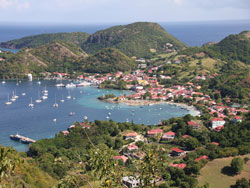 Do you want to visit a location that offers sunshine, crystal blue seas, and stunning sandy beaches? Perhaps one that offers a vibrant, unique culture? Then why not take a French course in Guadeloupe? This Caribbean archipelago is actually an overseas département of France, and is therefore French-speaking, despite being nearly 7,000 km from Paris!
Do you want to visit a location that offers sunshine, crystal blue seas, and stunning sandy beaches? Perhaps one that offers a vibrant, unique culture? Then why not take a French course in Guadeloupe? This Caribbean archipelago is actually an overseas département of France, and is therefore French-speaking, despite being nearly 7,000 km from Paris!
Guadeloupe is an excellent location for those interested in French and francophone literature, as it has been home to several authors including Maryse Condé and Saint-John Perse. There is also an energetic music and art scene in Guadeloupe, with artists often drawing inspiration from their magnificent surroundings!
If you’re thinking of learning French in Guadeloupe with us, or simply just going there on your own, here are five reasons to go ahead and make it happen!
1. The seaside
Guadeloupe is, of course, famed for its gorgeous sandy beaches and clear turquoise sea. La Datcha beach in Le Gosier is a favourite among locals and tourists alike, whilst the beaches of Sainte-Anne, Pointe-Noire, Deshaies, or Le Moule are also hugely popular.
Whether you wish to go for a swim, try your hand at surfing, diving, or sailing, or simply want to bask in the sun, Guadeloupean beaches will have something for you. If you feel a bit peckish after all these activities, you’ll only have to get out of the water to enjoy one of the delicious home-made ice-creams which are sold on most beaches. You should try my favourite, the coconut sorbet!
Fun fact: Some landscapes may look familiar, especially if you watch the crime drama Death in Paradise, which is set in the fictional Caribbean island of Saint-Marie. That is because the series was actually shot in Guadeloupe!
2. The wildlife
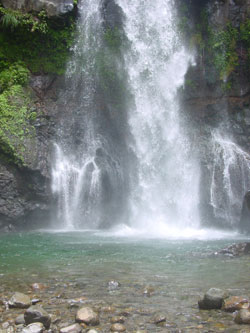 Did you know that much of Guadeloupe has been designated as a biosphere reserve by UNESCO since 1992?
Did you know that much of Guadeloupe has been designated as a biosphere reserve by UNESCO since 1992?
Guadeloupe National Park was created to protect the archipelago’s extraordinary biodiversity, and offers some of Basse-Terre’s most stunning hiking trails. Visit the majestic Soufrière volcano, or the dizzying Carbet Falls and the lush tropical rainforest nearby. Wherever you go, you will get to admire some of the most beautiful Guadeloupean landscapes. If you are more interested in marine wildlife, Guadeloupe National Park encompasses the Grand Cul-de-Sac Marin Bay, which shelters a unique mangrove, coral reefs, wetland forests, and herbaceous marshes. These are all delicate ecosystems. so visitors are asked to be especially careful not to disturb them when in the park.
Good to know: Even outside of the park, you can participate in plenty of nature-oriented activities: diving, whale and dolphin-watching, a boat ride on the Canal de Perrin or the Canal des Rotours, and more…
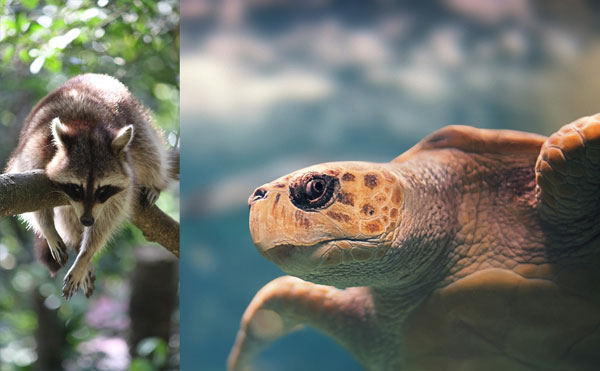
3. The Soufrière volcano
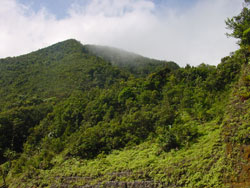 It was mentioned earlier, but La Soufrière is in a category of its own! An active volcano that peaks at 1,467m, the ‘Old Lady’ is the highest point of the Lesser Antilles. Several scenic trails allow you to climb the mountain. When the weather is favourable, you can see all of Basse-Terre; the view is simply breathtaking. Those who are brave enough to climb all the way to the top will have the opportunity to directly observe the craters and crevasses resulting from the volcano’s activity. Be warned, however: the name ‘Soufrière‘ comes from the sulphurous smell emanating from the fumaroles, so it gets stinky up there!
It was mentioned earlier, but La Soufrière is in a category of its own! An active volcano that peaks at 1,467m, the ‘Old Lady’ is the highest point of the Lesser Antilles. Several scenic trails allow you to climb the mountain. When the weather is favourable, you can see all of Basse-Terre; the view is simply breathtaking. Those who are brave enough to climb all the way to the top will have the opportunity to directly observe the craters and crevasses resulting from the volcano’s activity. Be warned, however: the name ‘Soufrière‘ comes from the sulphurous smell emanating from the fumaroles, so it gets stinky up there!
Good to know: Volcanic activity comes with some advantages, such as the presence of hot springs. At Thomas, near the aptly named town of Bouillante (“boiling” in French), you can enjoy a hot bath where the hot springs meet the sea.
4. The gastronomy
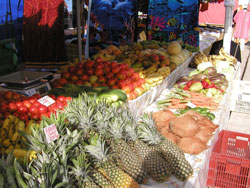 Once you get a taste of Guadeloupean cuisine, you will not want to come back! Take advantage of your stay and try the steamed fish court-bouillon, or a colombo dish prepared with an Indian spices mix. Other classics include accras (cod fritters) and savoury stuffed crab.
Once you get a taste of Guadeloupean cuisine, you will not want to come back! Take advantage of your stay and try the steamed fish court-bouillon, or a colombo dish prepared with an Indian spices mix. Other classics include accras (cod fritters) and savoury stuffed crab.
Desserts are just as good! The tourment d’amour is a delicious cake from the Les Saintes islands. Kassav (manioc-flour based cakes) can be eaten as a dessert with a coconut jam filling, whilst chodo is a sweet hot drink served for special occasions. If you’re looking to bring back typical sweets, the coconut-based doucelettes and sik a coco are always a good choice.
Guadeloupe is also renowned for its excellent rum, coffee, and honey. Rum is, without a doubt, one of the most emblematic local products. Visiting distilleries will give you the chance to taste some of the best Guadeloupean rums. Why not have a local expert help you choose, whilst practising your French language skills? Likewise, local coffee plantations organise guided tours. Here you will get to understand exactly how the high-quality arabica is produced.
Good to know: If you come in August, do not miss the Fête des Cuisinières in Pointe-à-Pitre. In early August, the women of the Guadeloupe Chefs’ Association gather in colourful regalia. First comes a mass where their dishes are blessed. This is followed by a day of festivities with music, dance, and – of course – delectable food.
5. The culture
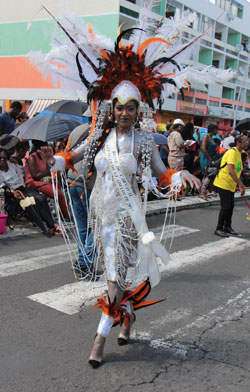 Guadeloupe possesses a diverse and vibrant culture with Native American, African, Indian, Syrian-Lebanese, and European influences.
Guadeloupe possesses a diverse and vibrant culture with Native American, African, Indian, Syrian-Lebanese, and European influences.
Music and dance feature prominently in Guadeloupean culture, with traditional genres such as biguine and gwoka. Gwoka, which combines dance, ‘ka‘ drums, and singing, is listed by UNESCO as part of the intangible cultural heritage of humanity. During your stay, you might have the chance to attend a léwoz, a popular gathering where gwoka is played. Other popular genres include zouk and Haitian kompa.
To learn more about Guadeloupean history, you can visit the Edgar Clerc Caribbean Heritage Museum, which goes into great detail about the history of indigenous peoples in the Lesser Antilles. Also worth a visit is the Mémorial ACTe, a memorial museum on slavery in the Caribbean.
Moreover, Guadeloupe has a rich literary tradition. You can practice your French by reading Maryse Condé’s novels or Guy Tyrolien’s poems.
Good to know: The Guadeloupe Carnival is one of the highlights of cultural life. It starts in January and lasts about two months. With impressive parades, dance and music groups, and elaborate costumes, this festive event makes for great memories! In fact, many of our language students plan their French course around one of the island’s annual festivals: the February Carnival or the Traditional Drum Festival in July. Being a French territory, Guadeloupe recognises Bastille Day on 14th July. As a primarily Christian country, Easter, Christmas and All Saints’ Day in November are also acknowledged.
So what are you waiting for?
Contact us now to see how we can help you arrange a life-changing language experience on this beautiful Caribbean island!
– Leïla
Blog Categories
- Activities (4)
- Yoga (1)
- Christmas Courses (17)
- Food (21)
- Recipes (4)
- Information (83)
- Instagram (11)
- Language fun (11)
- My travel journal (15)
- Sample Programmes (2)
- Video Guides (11)
- Locations (430)
- America (4)
- Argentina (15)
- Bariloche (4)
- Buenos Aires (8)
- Cordoba (2)
- Mendoza (1)
- Australia (1)
- Sydney (1)
- Austria (4)
- Brazil (5)
- Maceio (2)
- Salvador da Bahia (2)
- Sao Paulo (1)
- Canada (8)
- Chile (4)
- China (7)
- Colombia (2)
- Costa Rica (8)
- Flamingo Beach (5)
- Monteverde (1)
- Cuba (8)
- Havana (3)
- Santiago de Cuba (3)
- Trinidad (2)
- Czech Republic (2)
- Prague (2)
- Dominican Republic (1)
- Santo Domingo (1)
- Ecuador (3)
- Egypt (2)
- Cairo (2)
- England (23)
- Bournemouth (1)
- Brighton (1)
- Bristol (1)
- Cambridge (2)
- Liverpool (9)
- London (3)
- Manchester (2)
- Oxford (1)
- Portsmouth (1)
- France (53)
- Germany (49)
- Greece (4)
- Guadeloupe (3)
- Guatemala (2)
- Antigua (2)
- Ireland (4)
- Italy (78)
- Japan (3)
- Latvia (1)
- Riga (1)
- Malta (3)
- Mexico (10)
- Cuernavaca (1)
- Guadalajara (1)
- Guanajuato (1)
- Mexico City (1)
- Playa del Carmen (6)
- Morocco (1)
- Rabat (1)
- Netherlands (4)
- Panama (1)
- Bocas del Toro (1)
- Boquete (1)
- Peru (5)
- Poland (2)
- Portugal (9)
- Russia (6)
- Moscow (2)
- St Petersburg (2)
- Scotland (2)
- Edinburgh (2)
- Spain (89)
- Alicante (1)
- Barcelona (13)
- Bilbao (1)
- Cadiz (1)
- Costa Adeje (1)
- El Puerto (3)
- Granada (5)
- Ibiza (1)
- Lanzarote (1)
- Madrid (6)
- Malaga (15)
- Marbella (1)
- Murcia (1)
- Nerja (4)
- Pamplona (1)
- Puerto de la Cruz (3)
- Salamanca (3)
- San Sebastian (7)
- Santiago de Compostela (2)
- Seville (5)
- Tenerife (6)
- Valencia (9)
- Vejer de la Frontera (2)
- Sweden (2)
- Stockholm (1)
- Switzerland (2)
- Montreux (1)
- Ukraine (2)
- Kiev (2)
- United Arab Emirates (1)
- Dubai (1)
- Uruguay (1)
- Montevideo (1)
- New Schools (14)

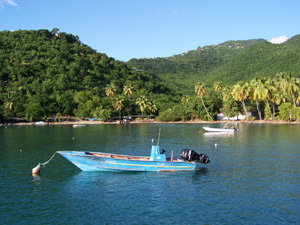
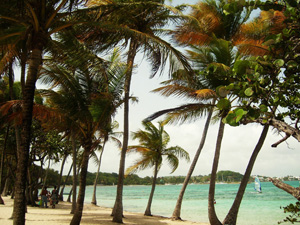
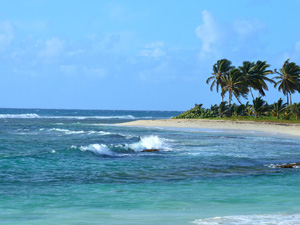
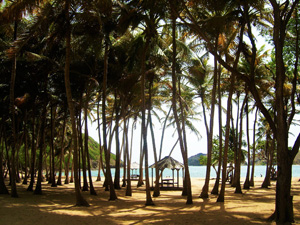









 Company Number: 08311373
Company Number: 08311373